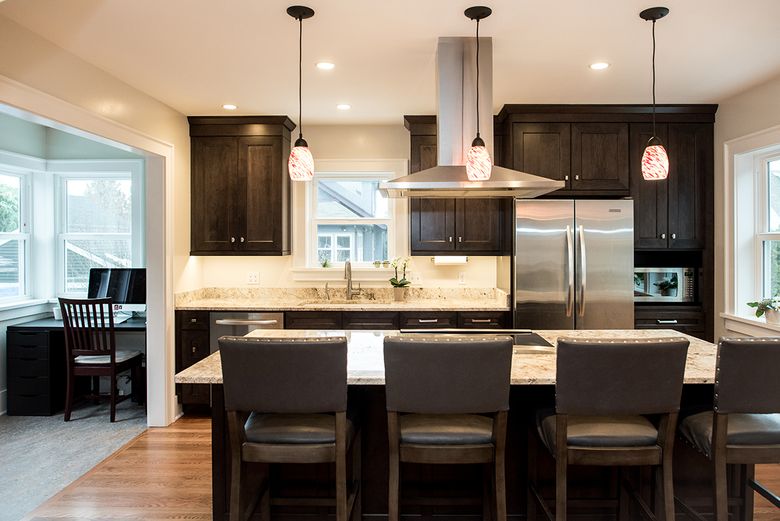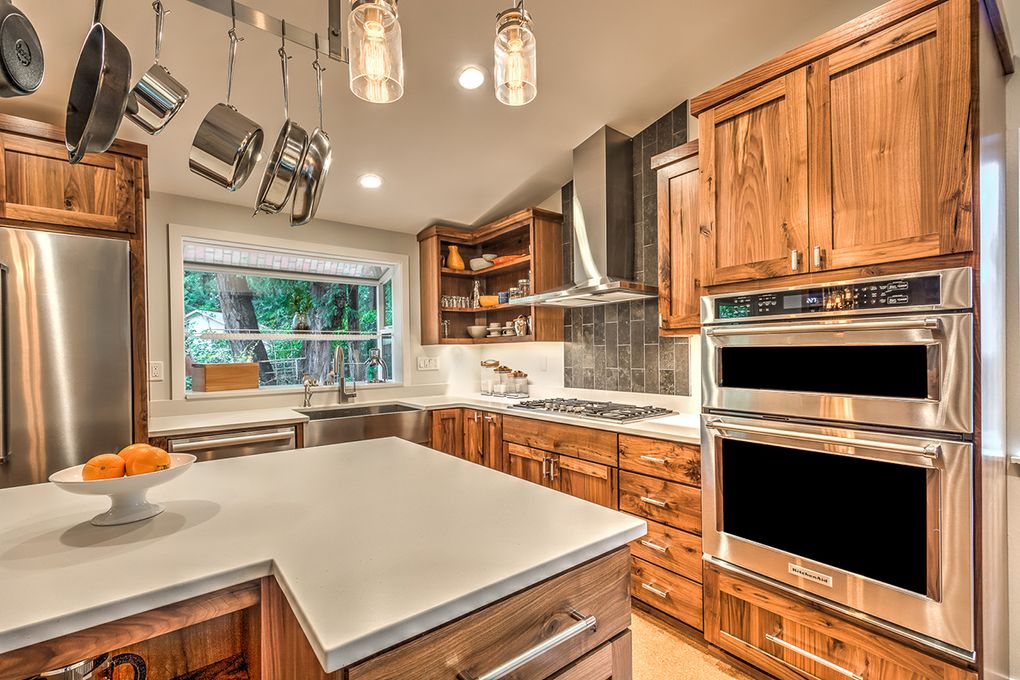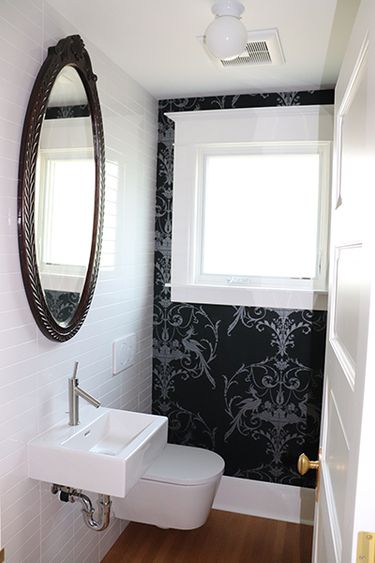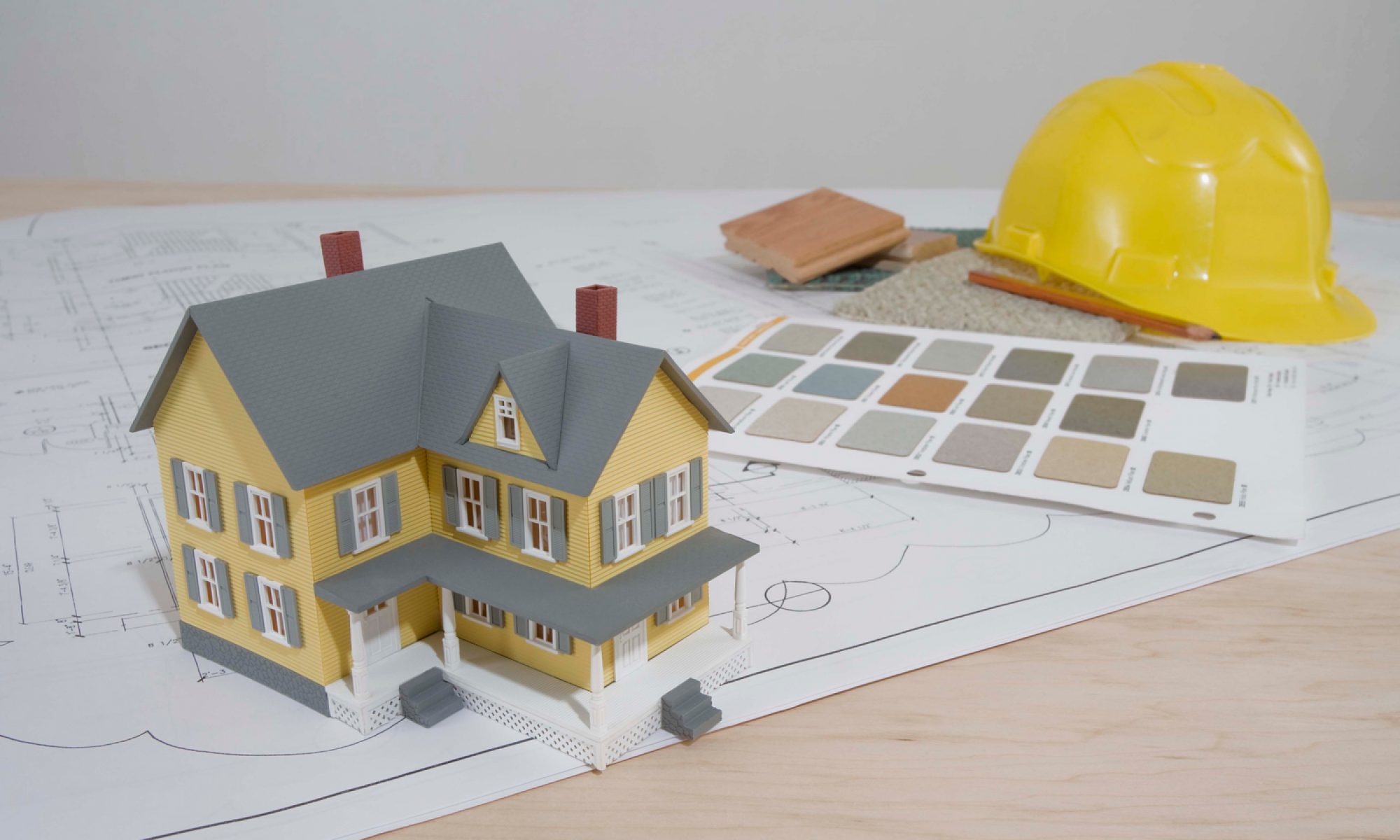
A tour of recent remodeling projects can help you reimagine your space.
Remodeling should be a treat, but it can get tricky. One way to ensure your vision becomes a reality without the nightmare of a renovation gone awry is to take a look at some recent remodeling jobs, and a homes tour can be an efficient way to do that. Area professionals showcase their work, are on hand to answer questions, and highlight trends and tips to consider as you prepare for your project.
Here are some trends to keep an eye on at this year’s Remodeled Homes Tour in Seattle, the weekend of Oct. 27 – 28.
Use what you have
With land at a premium, smart adaptation of existing square footage is very much in right now. Take, for example, Harjo Construction’s latest project, a 1916 Craftsman reconfiguration in Phinney Ridge. “Our clients loved the characteristics of their charming home but knew it could be used in a more efficient way,” says Linda Meza of Harjo. “We reconfigured the kitchen layout to add more storage space and in-kitchen dining. We also enclosed their front and side porch to create a foyer with a coat closet and mudroom off the kitchen, respectively. In the end, the clients gained more living space without increasing the existing footprint.”
Denny Connor of CRD Design Build expands on the notion of maximizing your space, saying, “One trend we’re seeing lately is that people are opting to expand the square footage of their current home rather than moving to a bigger place, especially in the extreme sellers’ market we’re seeing in the Seattle area.”
Case in point, CRD Design Build’s tour home features a recent two-story addition. “Our clients had clearly outgrown their home,” says Conner, “but they loved the location, so they added the new section to the back, with a kitchen and dining room below and a master suite above. And despite almost doubling the living area, the home looks almost identical from the curb.”
Kickin’ up your kitchen color
If your kitchen lacks style, worry not; just add color! Jennifer VanderBeken, of VanderBeken Remodel, says, “A kitchen design trend that we see is stepping away from the all-white kitchen cabinets to using wood species, such as walnut or sapele, painted cabinetry or a creative mix.” VanderBeken also advocates the introduction of statement light fixtures above kitchen islands, which she says is a cool way to accent color and provide illumination to promote both mood and convenience.


Choosing a remodeler you’re comfortable with is the biggest key to any successful renovation, our pros say. Paul Kocharhook of Pathway Design & Construction advises homeowners to pay careful attention to the tradespeople who work with area remodeling companies. “Construction in Seattle is very busy right now and relationships with trade partners who answer the phone, show up on time and respond when there is a problem can be very beneficial,” he says.
“We expect that there would be consistency throughout the project no matter whom we bring onto a job site,” Kocharhook says. So should you. Pathway’s Queen Anne project is a great example of what happens when everything comes together.
Original Source: https://www.seattletimes.com/sponsored/try-these-red-hot-home-improvement-trends-for-fall/
Original Date: Oct 1 2018
Written BY: Master Builders Association
